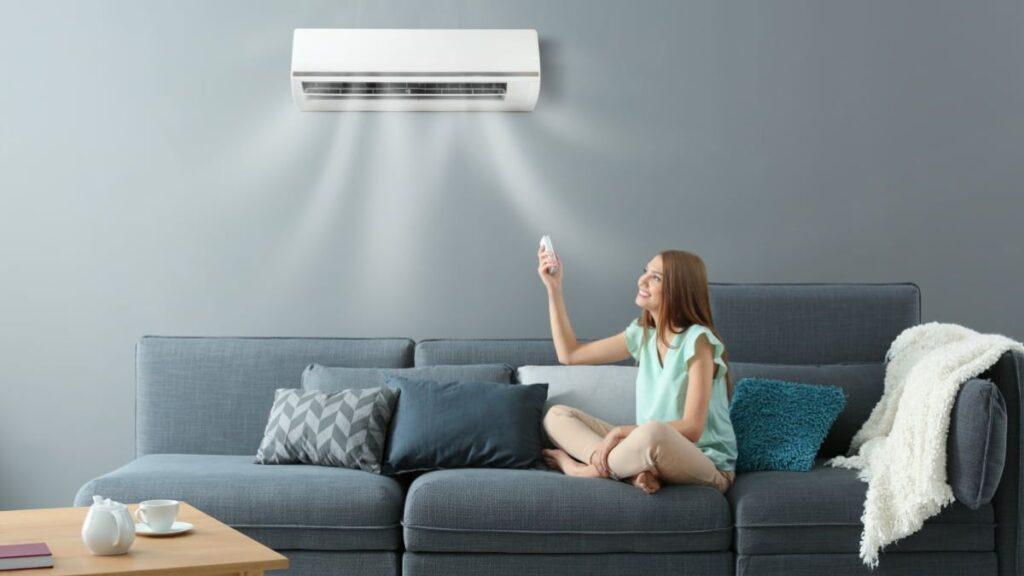What is the perfect temperature setting for your AC to minimize electricity bills?

India is experiencing a surge in air conditioner ownership, raising concerns about high electricity bills. Understanding thermostat control, optimal temperature settings, and fan usage can help you stay comfortable while saving energy.
Air conditioner ownership is rapidly increasing in India, with the product transitioning from a luxury item to a common household appliance. However, with this convenience comes the risk of rising electricity costs. While cooling requires a significant amount of energy, there are effective cost-cutting strategies, one of which is to keep air conditioners at optimal temperatures.
Saving Electricity Bills with Perfect AC Temperature Setting
How does an AC work?
Contrary to popular belief, an air conditioner does not simply blow air at a specific temperature.
Instead, it works by cooling indoor air with an evaporator coil and then recirculating it after reaching the desired temperature. This process is significantly different from traditional air coolers, which use outside air. Understanding this operation is critical for effective use.
Understanding the Temperature Control
Setting a lower temperature, such as 18°C (64.5°F), does not result in a faster cooling of the room than setting it to 25°C (77°F). The thermostat (a device that controls the temperature setting) monitors the room temperature and directs the compressor accordingly. A lower setting increases the compressor’s runtime and consumes more electricity. As a result, a higher temperature setting, such as 25°C (77°F), can be more energy efficient, without compromising comfort.
The Impact of Compressor Cycles
When the room reaches the desired temperature, the compressor shuts down and only the fan operates, reducing electricity consumption. Some AC units also turn off the fan to save energy, allowing users to use a ceiling fan instead.
Factors Influencing Power Consumption
Several factors affect an AC’s electricity consumption:
- Indoor and outdoor temperatures: Larger temperature differences lead to higher energy consumption
- Thermal insulation: Well-insulated rooms need less cooling
- AC temperature setting: Lower settings result in longer compressor runtimes and increased energy consumption
According to an ACEEE study, increasing the thermostat by 1°C can save 3-5% on energy bills, which is a significant savings.
The Ideal Thermostat Setting
During the summer, ASHRAE recommends a comfort temperature range of 23.5°C (74.3°F) to 25.5°C (78°F). Setting the thermostat to 24°C (75.2°F) achieves a balance of comfort and energy efficiency. Using ceiling fans in conjunction with air conditioners improves comfort while conserving energy.
Using the ‘PowerChill’ or ‘QuickCool’ Option
The ‘Quick Cool’ or ‘PowerChill’ feature lowers temperatures to as low as 18°C (64.5°F), but does so at a high energy cost. A more moderate temperature setting, such as 24°C (75.2°F), can provide comfort while using less electricity.
How do Old ACs Work Without Temperature Control
Older AC models without thermostats provide high, medium, and low cooling levels. These settings change fan speeds without adjusting air temperature, which affects comfort but not efficiency.
Understanding these aspects enables users to optimize their air conditioning usage, striking a balance between comfort and energy efficiency. Individuals who follow these practices can enjoy a cool environment while saving money on their electricity bills.







